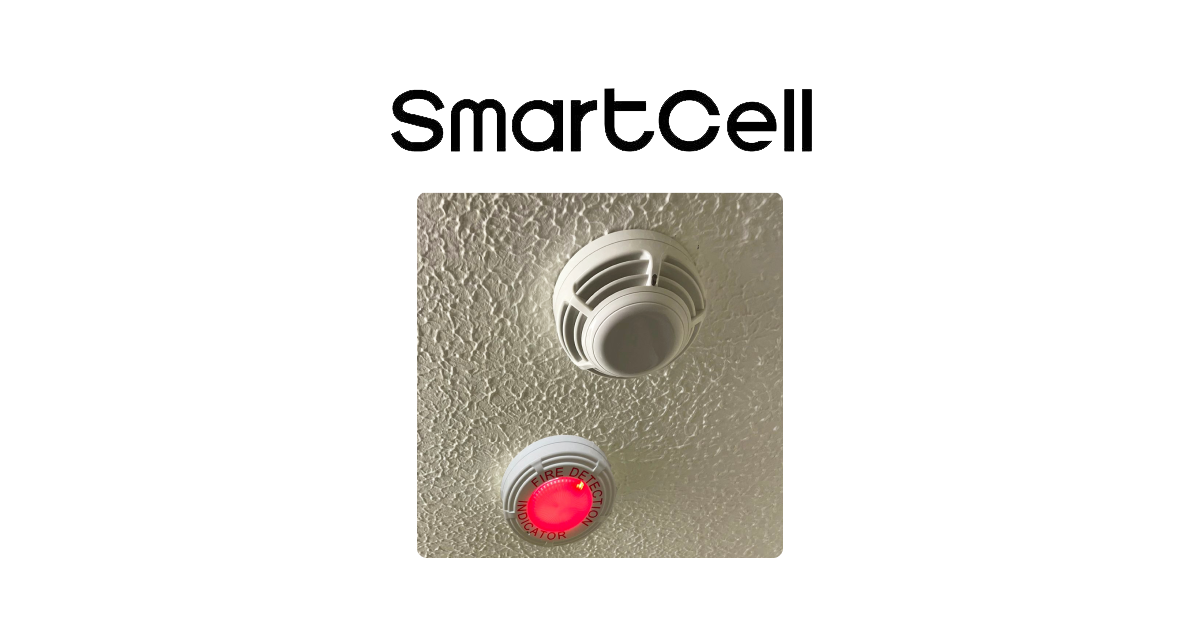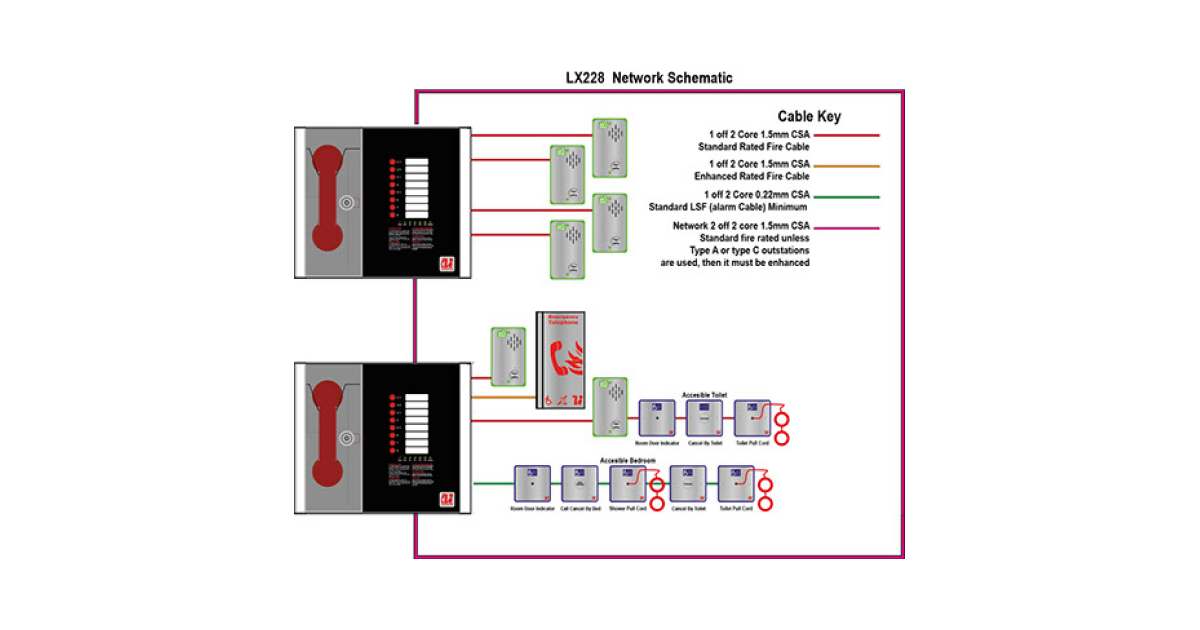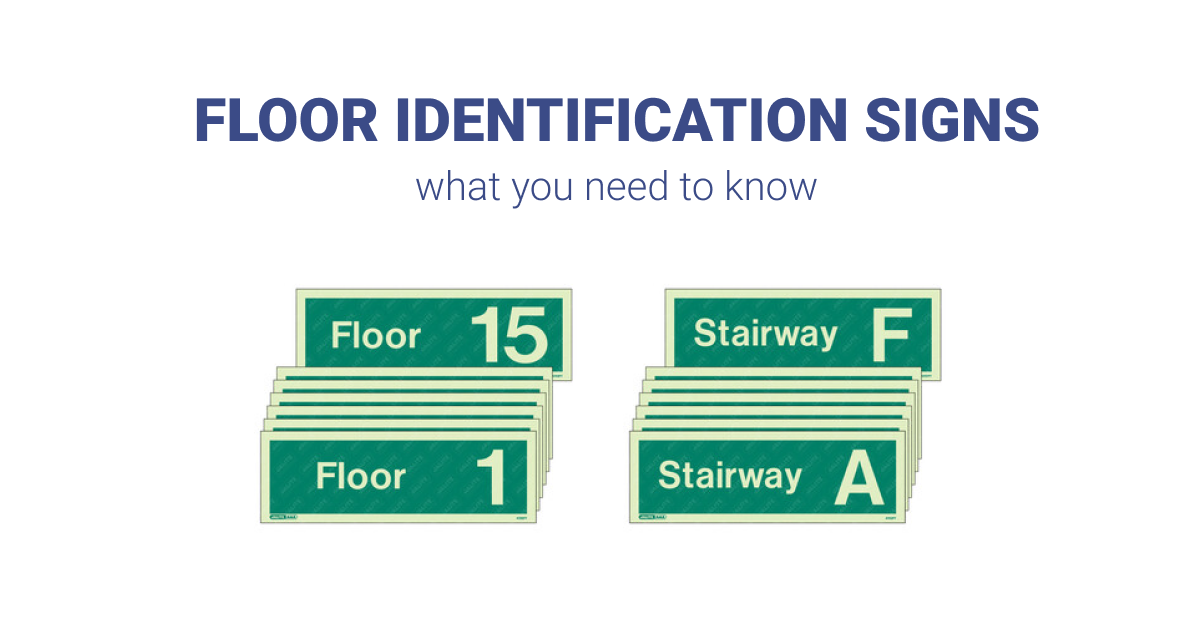
How do we decide if flats and apartments need fire alarm systems? This is quite a complicated question and the answer varies according to which type of accommodation it may be, i.e. houses in multiple occupation (HMOs) or self-contained dwellings (flats or apartments), and of course on any specific risks and the number of storeys. Many documents exist either in the form of legislation or as guidance. The Housing Act 2004 includes Fire Safety as an important category of risk as national statistics show that fire is a major cause of fatality and injury in residential premises. This includes both multiple occupation and single family properties, but shows that the greatest risks to occupants are to be found in multi-occupied properties where there are three or more storeys. Analysis of national fire statistics have concluded:
- You are six times more likely to die in a fire if you live in any house in multiple occupation (HMO), compared with a single family house.
- This increases to sixteen times more at risk of fatal injury if you live in an HMO which is 3 or more storeys high.
The Regulatory Reform (Fire Safety) Order 2005 (FSO) introduced duties in relation to fire safety in the common areas of HMOs and other premises. The duty is placed on the Responsible Person, who is required to carry out a fire risk assessment and take action to minimise the risk of fire. In practice the Responsible Person will usually be the landlord, but it may alternatively be a managing agent. These provisions are enforced by fire and rescue authorities. The LACORS Housing – Fire Safety document gives guidance on fire safety provisions for certain types of existing housing and nicely brings the above legislation together in a clear fashion. This is available online or in printed format here.
What exactly is an HMO?
An HMO is a House in Multiple Occupation and usually refers to one of the following:
- A house that has been divided into bedsits
- A flatshare premises where each individual tenant has their own tenancy agreement
- Students living in shared accommodation
- Hostels and Bed & Breakfast accommodation in certain cases
Depending on your property type, the tenants and where you are located, it may be necessary to obtain a license for your HMO from your local authority or other regulatory body.
What are the key tasks to be considered?
The key element is Fire Risk Assessment which sounds very complicated. However, the LACORS Housing – Fire Safety guide breaks it down in a very understandable manner with plenty of documentation advice and the process can be broken down into the five steps summarised below:
- Identify fire hazards: Sources of heat which could get hot enough to ignite materials around them and sources of fuel, i.e. anything that burns.
- Identify people at risk: Residents, visitors and anybody working in the premises. Also those asleep, unfamiliar with the premises, disabled persons, parents with young children, persons affected by drink or alcohol and those without understanding of English.
- Evaluate, remove or reduce risk and protect against remaining risk: Replace portable heaters with fixed ones, ensure the installation and sockets are adequate and suitably maintained, ensure furniture has fire safety compliant tags, ensure combustible items are stored away from heaters, ensure refuse is properly stored and disposed of. Having taken measures to remove or reduce fire hazards as far as is practicable, arrangements need to be put in place to protect people from the remaining fire risk as far as is reasonably possible by ensuring that adequate fire precautions are in place to warn people in the event of a fire and to allow them to escape to a place of safety.
- Record, plan and inform or train: It is good practice to keep a written record of your fire safety risk assessment’s “significant findings” i.e. the actions to be taken as a result of the assessment and details of anyone at particular risk. An appropriate emergency plan should be put in place. There is no requirement under the FSO to provide training to residents, but providing them with basic information on fire precautions is a simple and effective way of reducing fire risk in the premises.
- Review: The risk assessment and fire precautions in the premises should be reviewed regularly. There is no set timescale other than where the previous one is no longer valid or if there has been a significant change in the premises.
On the basis of this, almost all HMOs will require some form of fire detection and alarm system compliant with BS5839 Part 6. System requirements are categorised by system type (Grade) and system coverage as follows:
- Grade A: A fire detection and alarm system that is designed and installed in accordance with BS 5839: Part 1, excepting certain clauses relating to alarm audibility, alarm warnings for the hearing-impaired, standby supplies, manual call points and radio-linked systems, which are replaced by part 6. This comprises a system of smoke/heat detectors which are linked to a central control panel.
- Grade B: A fire detection and alarm system including detectors, alarm sounders and control panel which either conforms to BS EN 54-2 (power supply to BS EN 54-4) or to a simpler type laid out in annexe C of BS 5839: part 6.
- Grade C: A system of fire detectors and sounders (which may be combined in the form of smoke or heat alarms) connected to a common power supply with both mains and a standby supply, with an element of central control.
- Grade D: A system of one or more mains-powered smoke or heat alarms with standby batteries. These are designed to operate in the event of mains failure and therefore could be connected to the local lighting circuit rather than an independent circuit at the dwelling’s main distribution board. There is no control panel.
- Grade E: A system of one or more mains-powered smoke (or heat) alarms with no standby power supply. This grade of system will not function if mains power is disconnected or interrupted. It must therefore be wired to a dedicated circuit at the dwelling’s main distribution board.
- Grade F: A system of one or more battery-powered smoke alarms. This is not recommended in HMOs.
- LD1 Coverage: A system installed throughout the dwelling incorporating detectors in all circulation spaces that form part of the escape routes from the dwelling and in all rooms and areas in which fire might start.
- LD2 Coverage: A system incorporating detectors in all circulation spaces that form part of the escape routes from the dwelling and in all rooms or areas that present a high fire risk to occupants i.e. risk rooms.
- LD3 Coverage: A system incorporating detectors in circulation spaces that form part of the escape routes from the dwelling only.
How does this affect a system installer?
Ensure that you have a current copy of BS5839 Part 6 2013 and of the LACORS Housing – Fire Safety guide and follow the recommendations through carefully. The next port of call is always to ask your supplier to recommend the best product for your requirements. Most good suppliers will have their own technical support teams for this purpose and will be quite used to each situation. Discount Fire Supplies are retailers of Fire Alarms and Emergency Lighting. For more information please feel free to get in touch either by email to [email protected], telephone on 01792 452 700 or by making use of the live help facility located at the bottom of the screen.










